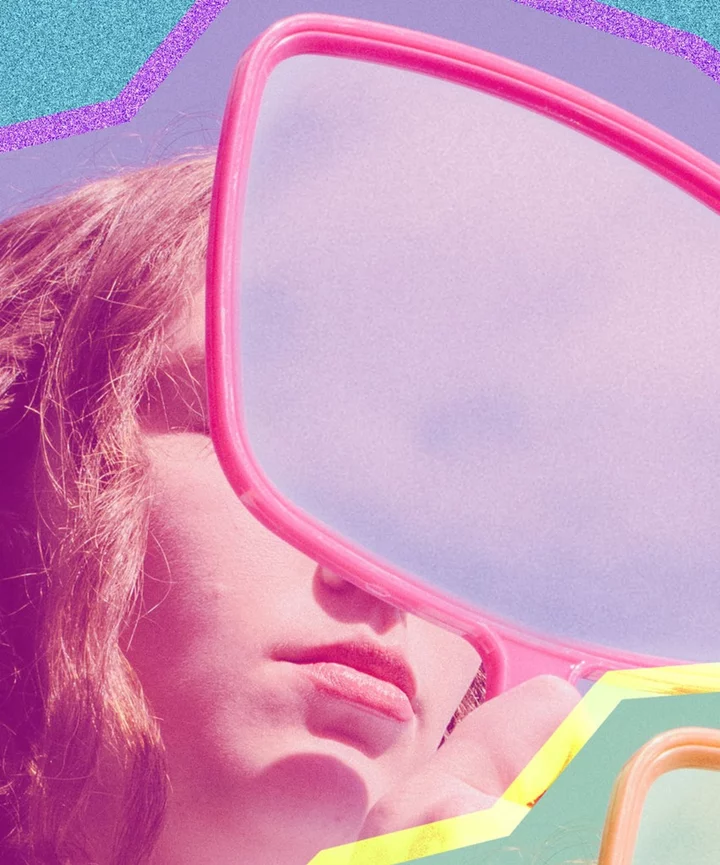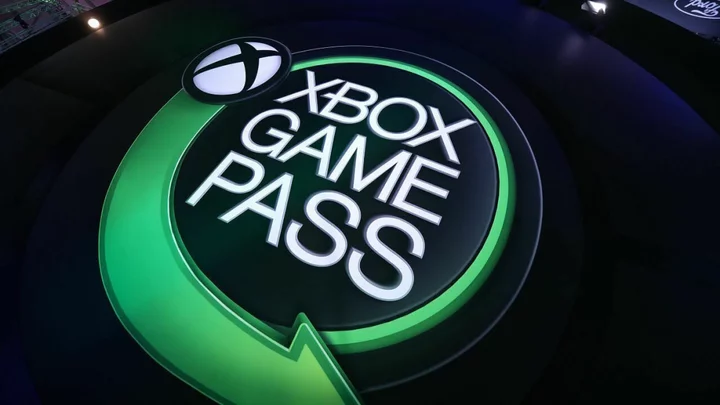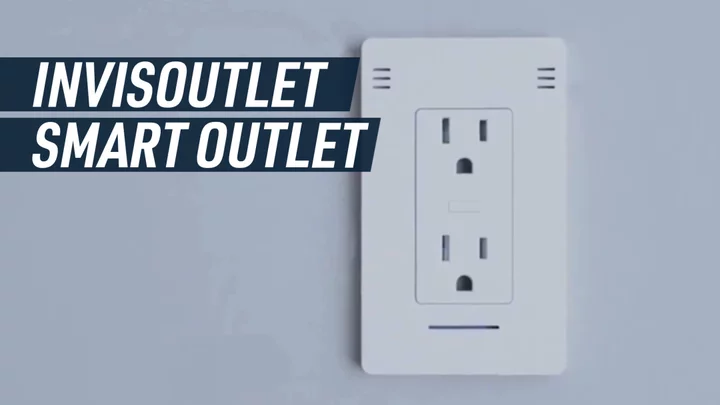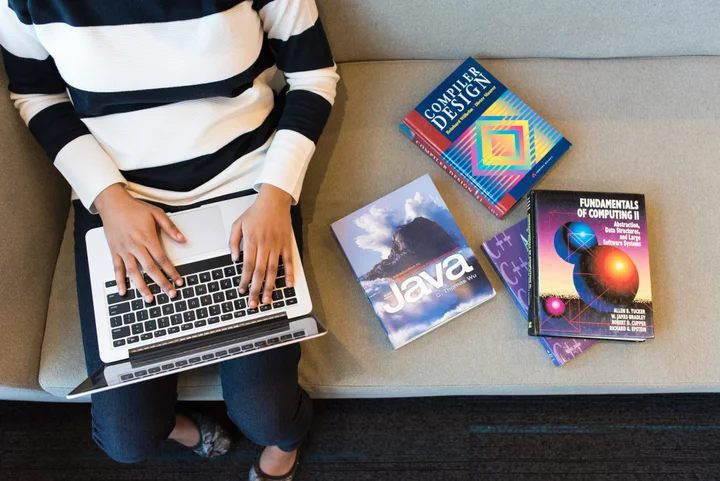Last year, two weeks before Christmas, my face broke.
I’d been going about my usual business — parenting, working, grocery shopping — when I began to notice a little tension on the right-hand side of my jaw. I’d been nursing a headache for a week and figured this was another sign I should make an appointment to get my jacked-up neck seen to.
That afternoon, on my way to Pilates, I became aware that my eyes were blinking at different rates. For reasons I can’t quite explain, this didn’t really alarm me. I went to the class, did my hundreds (ow), and left. I was only mildly concerned when I FaceTimed my parents on my walk home. But once I saw my face, already on its way to being half-frozen, I was shocked. One eye lazily opened and closed a few beats behind the other, and the same side of my mouth was immovable, my smile gone crooked. Immediately, I messaged a friend who’d had Bell’s palsy to ask what she thought. She requested a video of my face, then told me: “Go to the hospital.” That’s when the panic set in.
For the unacquainted, Bell’s palsy is a condition that causes paralysis of the muscles on one side of the face. It has visible symptoms (drooping of the mouth, drooling, difficulty with smiling, making facial expressions, and closing one eye), but there are invisible ones too (muscle pain, a burning sensation in the mouth, dry eyes, acute headache).
When I arrived at the emergency room, the triage nurse all but confirmed my diagnosis when she looked at me compassionately and said, “You do have all the symptoms, yes.” Six hours of waiting later, I’d developed new signs of the neurological disorder. My mouth and tongue burned, and my right ear ached. (Later, it would become hyper-sensitive to sound, my children’s laughs so unbearably loud they triggered panic attacks.) I tried to drink water from a paper cup but had lost the ability to form a seal with my lips. Vending machine crisps confirmed I was missing my sense of taste. But the worst part was my right eye, stuck open and unblinking. I forced it shut, willing it to work as it had just hours earlier. Mentally, I went back and forth, wondering if I was imagining the whole thing. Part of me expected the doctor to tell me I was simply tired.
That is not what happened. The doctor said my diagnosis was definite; I had Bell’s palsy, no doubt about it. My case was initially tagged as grade III but would soon progress to grade IV, which is classed as moderately severe. Grade IV is characterized by “obvious and disfiguring asymmetry” and “incomplete eye closure.”
In Western medicine, there’s not much you can do to treat Bell’s palsy, probably because the exact cause of it is not fully understood. It’s believed to be related to inflammation of the facial nerve triggered by a viral infection and/or stress. However it happens, the inflammation causes swelling that compresses the affected nerve, leading to facial weakness or paralysis. Doctors prescribe steroids and antivirals, then tell you to wait for the nerve to grow back. Most people recover, at least partially, within a few weeks to a few months, but some take longer, and some don’t get better at all. Which way it would go for me was anybody’s guess.
So I went back to my life, trying to speak without slurring, forcing myself to eat small amounts of soft, very spicy food (it was all I could even remotely taste), and mourning my ability to drink hot coffee. At my one-week follow-up, my GP noted that my eye wouldn’t close and made me an emergency ophthalmologist appointment. After that, I followed a regimen of hourly eye drops during the day and ointment at night. I wore an eye patch to go outside and taped my eye shut at night to protect my cornea. I spent three days a week receiving acupuncture, ripping through my savings to pay for treatments my doctor said “might” help.
Those first two weeks, I only thought about my appearance in relation to how others perceived me. This tracks with what registered psychologist Rachael Walden told me when I reached out to quiz her for this article. “For some people, there might be embarrassment or shame,” she said. “Finding out that little can be done to reverse the effects of Bell’s palsy would likely cause feelings of hopelessness, despondence, and anxiety about how people will respond to their altered appearance.” For me, that anxiety showed up in every social interaction. I would mentally prepare myself to drop my son at preschool, knowing the kids would stare. I knew from recording my facial exercises every day that my face was distorted. But was it scary? Around this time, my infant daughter started to favor her dad more. I read into that, the weight of it crushing my heart.
It’s interesting how, when there were no options other than radical self-acceptance, I found things to like.
Lisa PatulnySomething else you should know about me is that I’ve been a beauty writer for ten-plus years. In that time, I’ve held the title of beauty editor at multiple mastheads. Each of those gigs involved trialing hundreds of products a week (yes, actually) and interviewing industry experts about everything from adult acne to how to troubleshoot a DIY blow-dry. When it comes to my looks, I’ve got used to enjoying a certain proximity to these resources. Knowing I can drop a quick email to a dermatologist or request an appointment with a trichologist to fix a “problem” I have? It’s a privilege. But no one could help me this time. I just had to wait.
Before the Bell’s, I was actively working on making peace with how having kids has changed my looks. My skin is more lined, more jowly, and less firm. I have considerable post-partum hair loss, a stretched-out stomach, and post-breastfeeding boobs. But the Bell’s hit different. It was the first time in a long time that the way I look impacted my self-worth so negatively. Maybe that’s because, as Walden points out: “With Bell’s palsy, you have no control over the condition, how it will affect you, or even when it will leave your body.”
My diagnosis made me realize how mean I am to myself. For years, I’ve been searching for ways to “fix” what I perceived as flaws, often in the name of work. But the Bell’s triggered a shift in my thinking. Yes, I miss my old, fully working (cuter) face and wish I appreciated it when I had it. But more than that, I wish I hadn’t taken for granted how easy it is to exist in the world when you don’t have a visible facial difference. This week, I noticed I have developed synkinesis which keeps my Bell’s eye open when I yawn. I have fewer laugh crinkles around that eye, and my nostril doesn’t flare as much. Yet somehow I feel better about my face, despite not being as beautiful by our social standards that value symmetry. I’m not going to say that I’ve completely stopped caring about my appearance, but it’s interesting how, when there were no options other than radical self-acceptance, I found things to like.
The almond eyes I spent years wishing were bigger, brighter, longer-lashed? They no longer bother me. I appreciate that I can see, drive, work, play — navigate the world without thinking. My skin, free from the irritation of peeling off and sticking on adhesive eye bandages daily, is calm and clear. The forehead wrinkles I once stabbed away with Botox remind me that my face functions much as it used to. I like my smile, formed fully, especially when it’s reflected back to me in my kids’ eyes. And beyond the visible stuff, living without physical pain is a privilege I will try never to take for granted again.
It may sound trite, but I’m learning that loving my face is possible, no matter what I look like.









